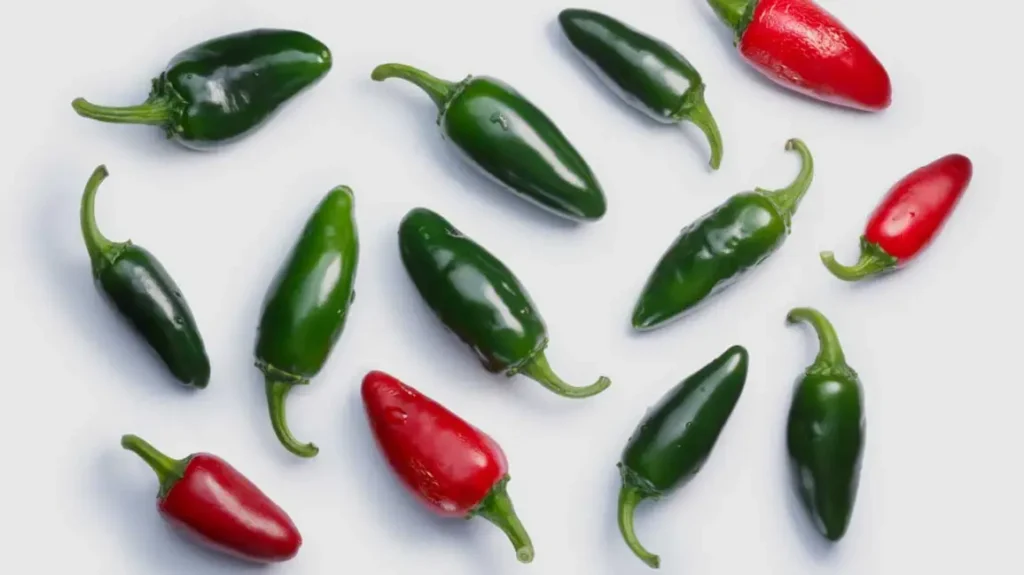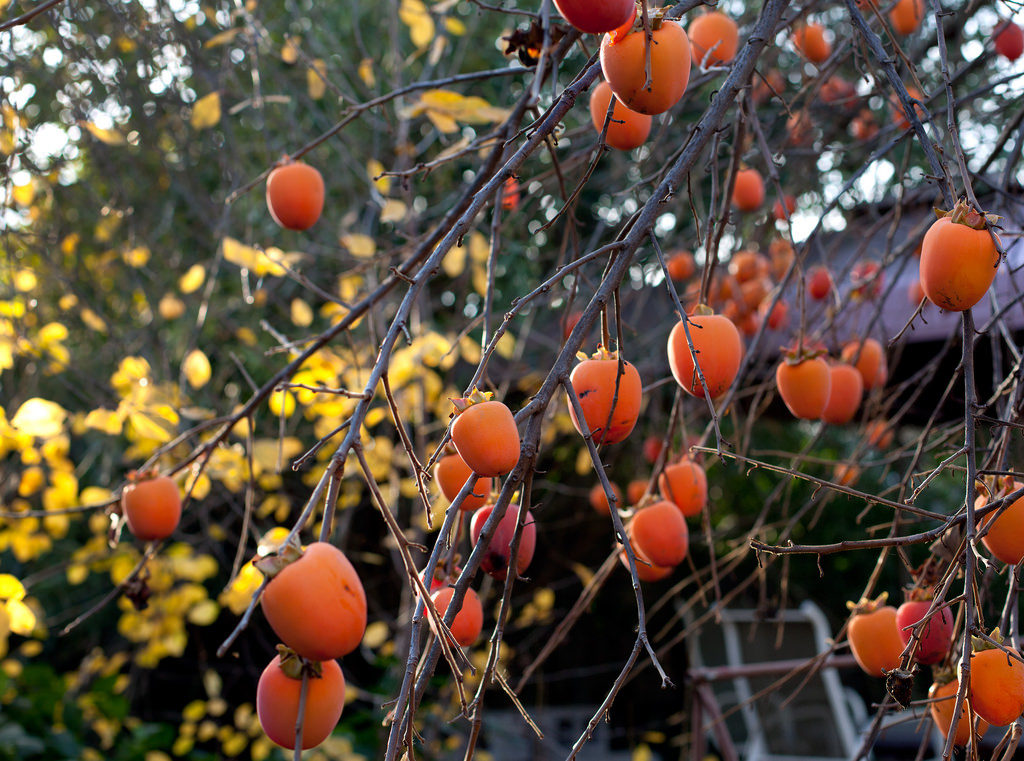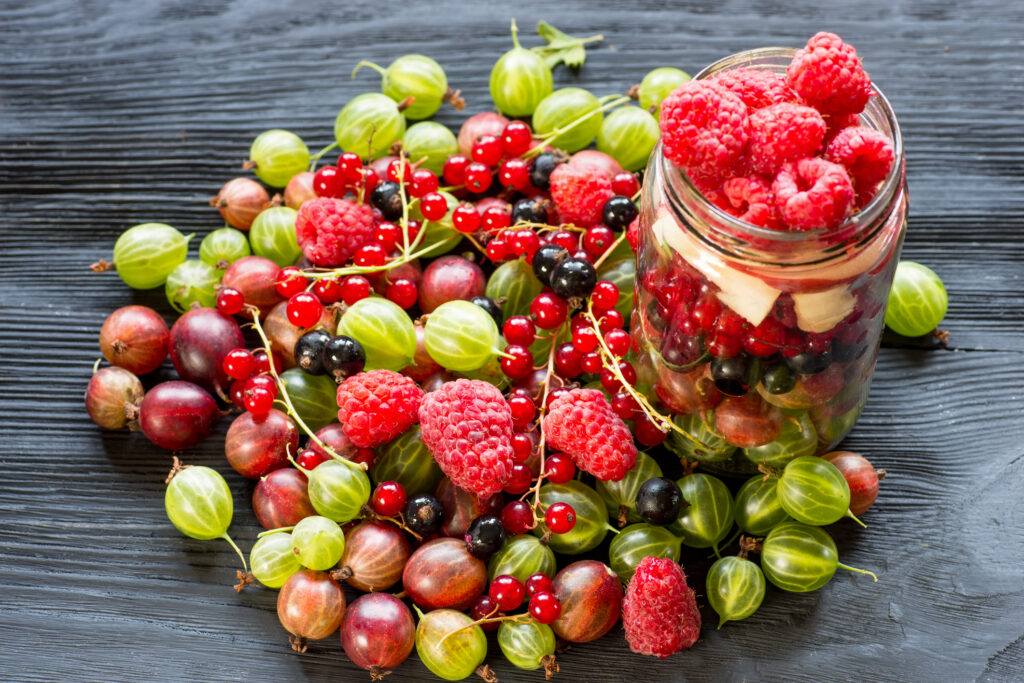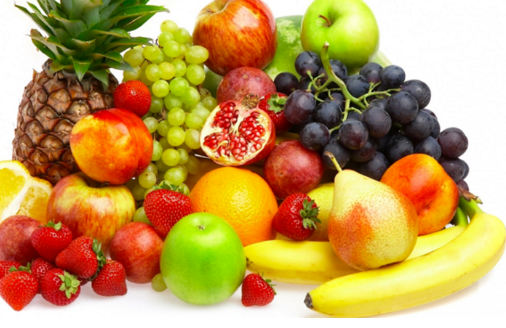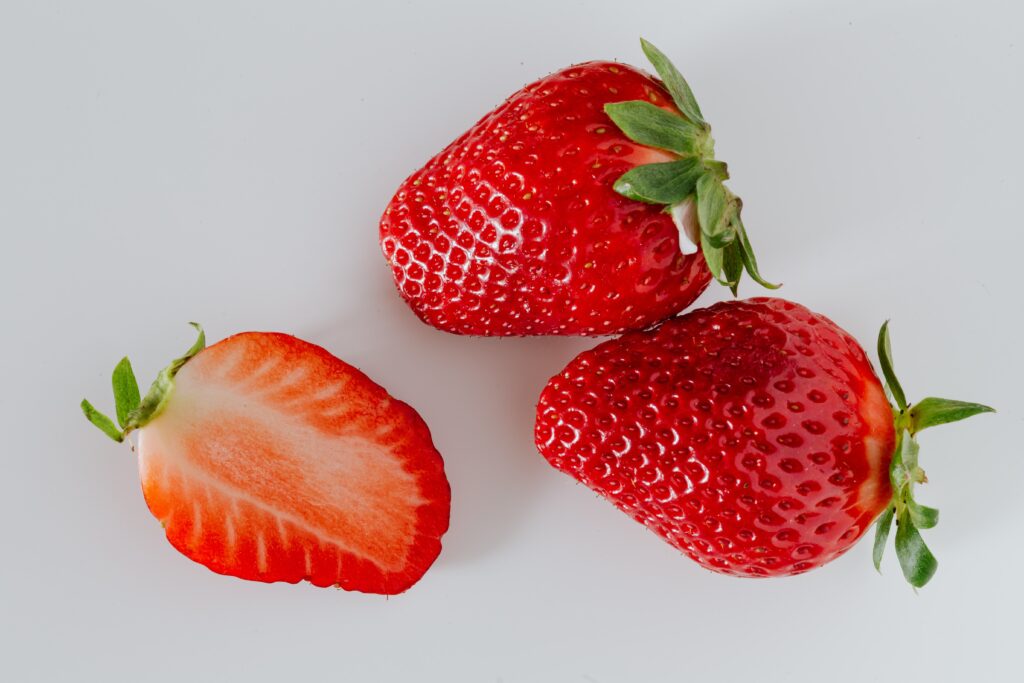Do you ever think about how clean the fruits and vegetables you eat are? Fruits come from farms, not always spotless and ready to munch on. Washing them again at home can help take off the dust, germs, and bug sprays.
This guide will teach you why you should wash bananas and show you each step to clean them well. Whether you like bananas as a fast snack or in your smoothies, a good scrub will make sure they are safe and clean to eat.
Table of Contents
- Why Wash Bananas?
- What’s on Your Banana?
- Pesticides: A Worry to Consider
- Step-by-Step Guide: How to Wash Bananas Well
- Step 1: Get Ready
- Step 2: Prep Your Space
- Step 3: Wash the Bananas
- Step 4: Scrubbing Time (Optional)
- Step 5: Final Rinse
- Step 6: Dry Them Off
- Step 7: Put Them Away
- Wrapping Up
- FAQs
- Do I need to wash bananas even if I peel them?
- Should I wash bananas with vinegar?
- Can I clean bananas with soap or detergent?
- Are bananas that are organic okay to eat without washing?
Why Wash Bananas?
What’s on Your Banana?
Bananas might have a tough skin that guards the soft fruit inside, but they can still pick up yucky stuff. While growing, being picked, and on the way to you, they meet dirt, dust, farm chemicals, and germs.
Even if you peel the skin, remember your fingers might touch those germs and then the part of the banana you eat.
Pesticides: A Worry to Consider
Farmers use pesticides to keep bugs and diseases away from crops. These chemicals do a good job at this, but they leave little bits on fruits and veggies that aren’t great to eat. Some bug sprays can hurt your health if you eat too much.
Step-by-Step Guide: How to Wash Bananas Well
Now that you know why washing bananas is a good idea, let’s go step-by-step to show you the right way to do it.
Washing bananas helps get the bad stuff off. Start by getting everything you need, rinse the bananas in warm water, rub them with a brush if you want, rinse again, and dry them before you put them away. Stay clean to avoid passing germs from one food to another. Follow these easy steps for safer, cleaner bananas.
Here is a clear guide to help you:
Step 1: Get Ready
First, get everything you’ll need ready:
- Fresh bananas
- A clean place to cut them
- A sharp, clean knife
- A big bowl or sink
- Water
- Vinegar (not a must, but can help)
- A gentle cleaning brush or sponge (if you want to)
Step 2: Prep Your Space
Next, set up your cleaning area:
- Start by washing your hands with soap and water to make sure you don’t get the bananas dirty.
- Wash your cutting board and knife with hot, soapy water or use something that’s good for cleaning food areas.
Step 3: Wash the Bananas
- Fill a big bowl or your sink with warm water.
- Put the bananas into the water carefully so they’re all underwater.
- Leave them there for a few minutes so any dirt or dust can start to come off.
- You can mix a bit of vinegar with the water if you want (1 part vinegar to 3 parts water). This can help get rid of some pesticides, but it’s not always needed.
Step 4: Scrubbing Time (Optional)
If you want to be super sure they’re clean, you can softly scrub the bananas with a brush or sponge. This can help get off anything that’s stuck on them.
Step 5: Final Rinse
After soaking or scrubbing, take the bananas out of the water and rinse them under running water until all the dirt, vinegar, and other stuff is gone.
Step 6: Dry Them Off
The next step is to dry the bananas with a clean towel or paper towels. Doing this takes away any extra water and keeps them from getting mushy.
Step 7: Put Them Away
Now that the bananas are washed and dry, you can store them like you usually do. If you like to peel them before storing, make sure your hands are clean to avoid getting the inside part dirty.
Wrapping Up
Don’t forget how good it is to wash your bananas before you eat them. A little time spent cleaning them can mean fewer germs and chemicals, making eating them better for you.
Using this guide step by step, you can make sure you get all the good stuff from bananas and avoid any bad bits on the outside. It’s worth it to take this extra step when you’re getting your fruit ready.
So, keep them clean and enjoy every bite of your tasty bananas!
FAQs
Do I need to wash bananas even if I peel them?
Yes, you should always wash bananas even if you will peel them. This helps to stop any bad stuff from getting on the banana you eat when you take off the skin.
Should I wash bananas with vinegar?
Using vinegar to wash bananas can help get rid of some chemicals, but it’s not a must. Just using water is good enough to clean off most things you don’t want on your bananas.
Can I clean bananas with soap or detergent?
It’s not a good idea to use soap or detergent on any fruits or veggies, including bananas. They can leave a bad taste or be unsafe to eat because of the leftover soap bits.
Are bananas that are organic okay to eat without washing?
Organic bananas have less bad stuff on them because they grow without harsh chemicals. But even so, it’s a good idea to wash them to get rid of dirt or other things you don’t want to eat.
